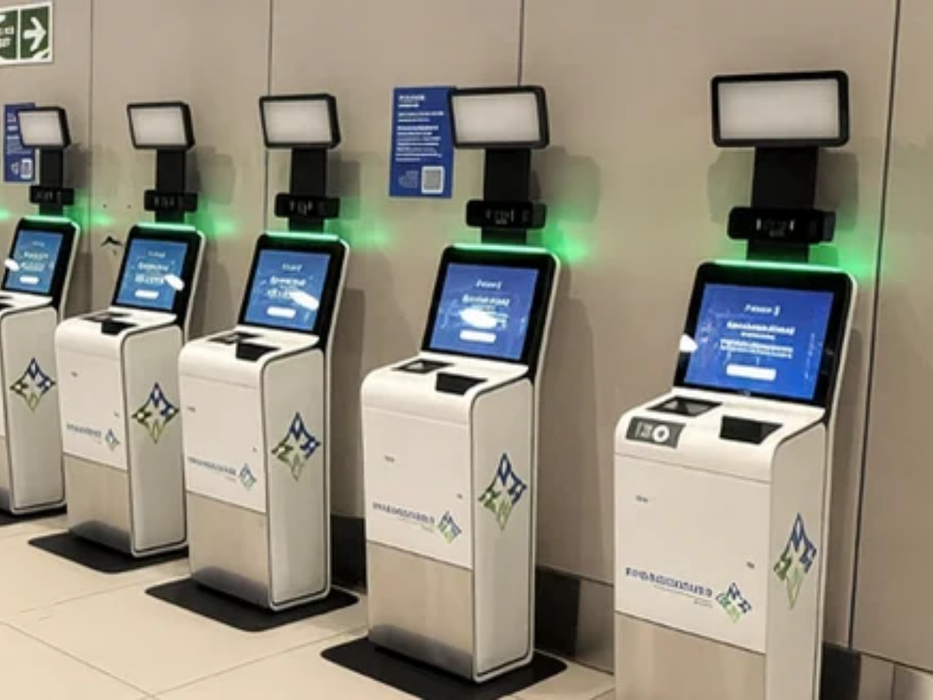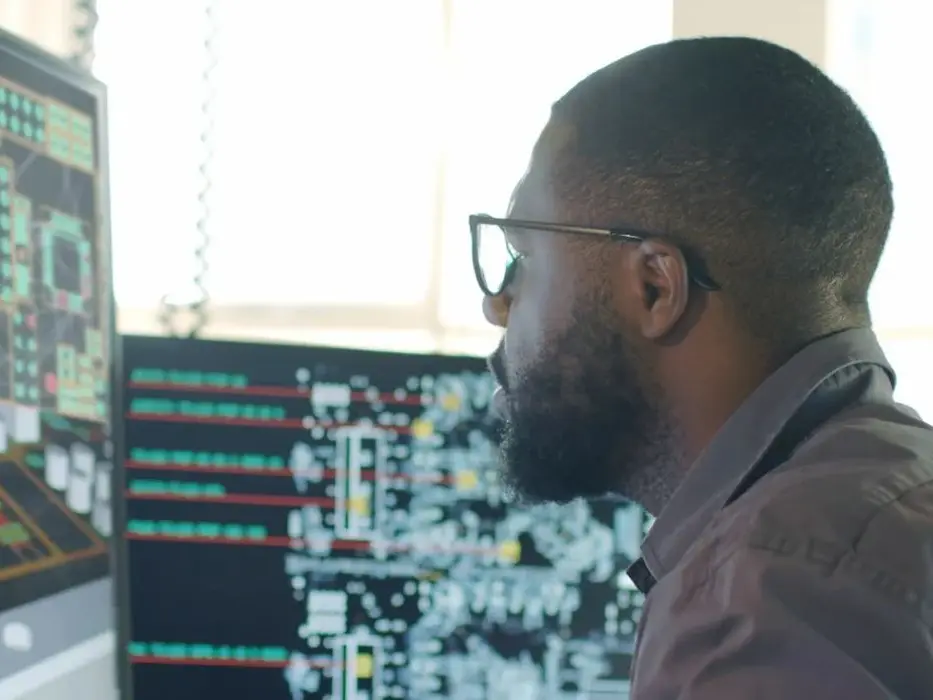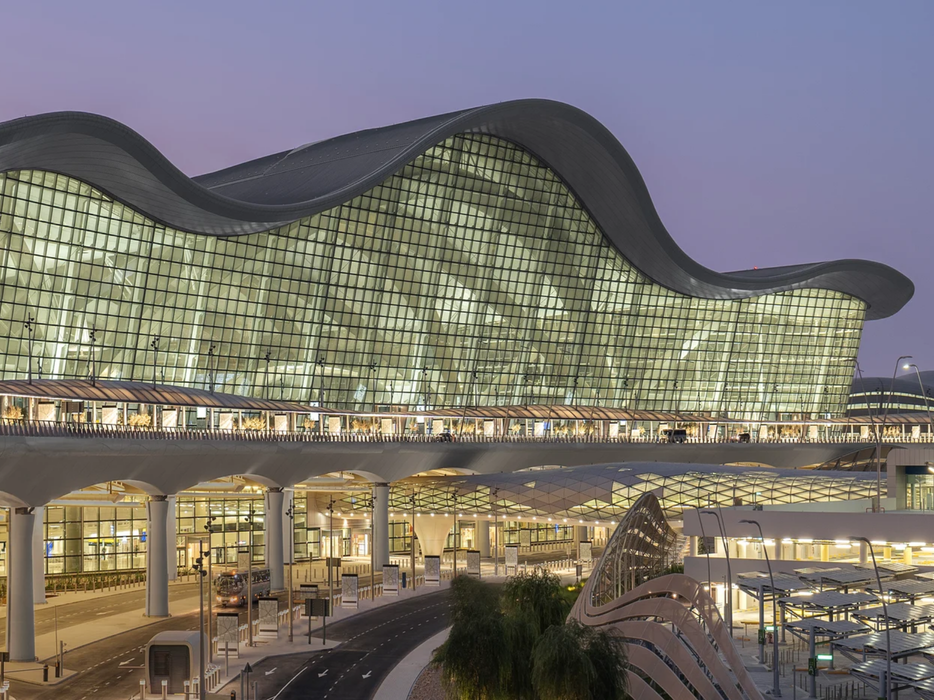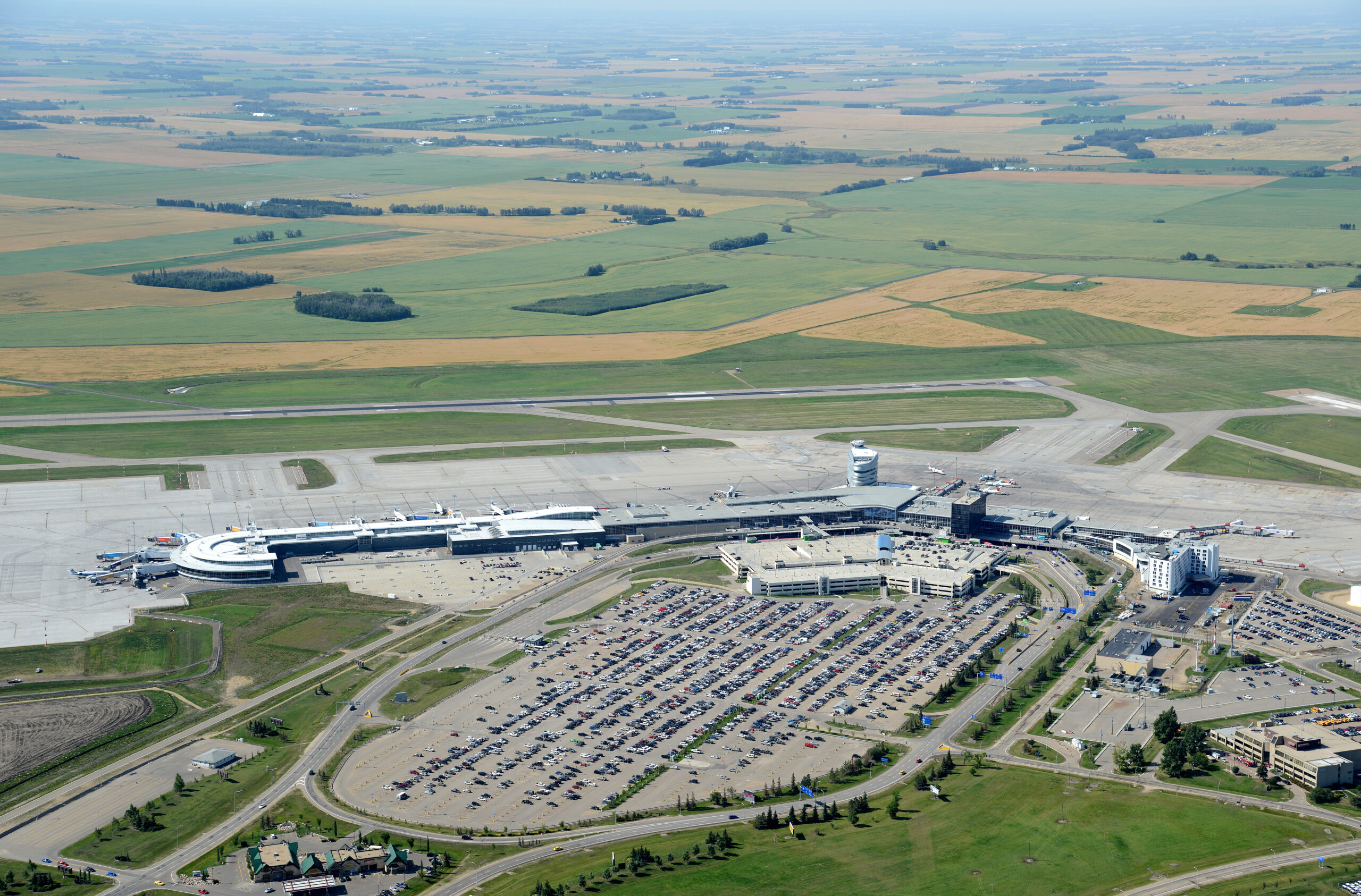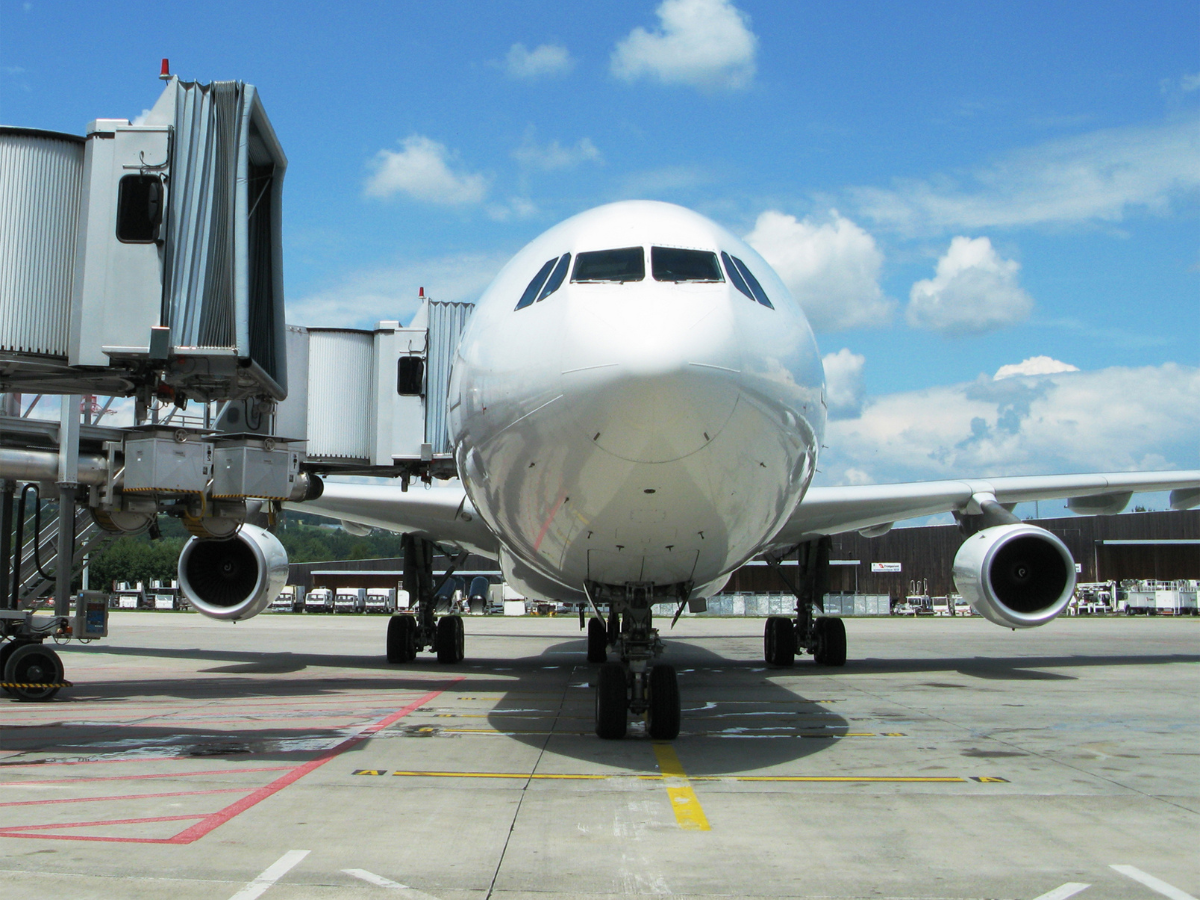This month’s COP27 is a stark reminder for the aviation industry of the responsibility they have to take faster action against our changing climate.
It is a year since the aviation industry committed to tackling its emissions through its long-term carbon net-zero by 2050 goal, and the urgency of meeting that target was highlighted by climate protestors rushing the runway of Schipol Airport recently. We cannot pay lip service to sustainability.

The industry’s carbon net-zero pledge is a huge challenge. We know that all of the in-sector emission reduction solutions – sustainable aviation fuel (SAF), new zero-emissions energy sources, and new technology aircraft – will not be quickly nor fully in place this decade, except for operational and infrastructure improvements. But we cannot wait a decade to do everything at once.
To implement a clear path for decarbonization, we must bake it into the course of normal operations, starting now. It cannot be a ‘nice-to-have’ or an add-on. We know airports and airlines can feasibly take small and incremental steps to decrease emissions by leveraging technology to increase operational and infrastructure efficiencies.
What You Can Do Now
Reducing the use of fossil fuels in operations is at the heart of the industry’s strategy for carbon net-zero, with fuel burn representing most of the industry’s emissions. Fuel is one of the highest costs for airlines today, so efforts to decrease fossil fuel use will naturally reduce emissions and generate significant cost savings too.
Taking advantage of traditional and emerging fuel-efficiency technologies that integrate data intelligence can be easily adopted today to help cut reliance on fossil fuels in flight operations. An example of these intelligent technologies in action is prescriptive inflight efficiency solutions that use machine learning and leverage historical flight data and weather data to empower airline pilots to make more informed, optimized re-routing decisions. It simultaneously delivers multiple benefits with reduced fossil fuel burn: cleaner air and cost and carbon savings too.
Our customers are already significantly cutting their carbon emissions by leveraging these technologies. For example, Singapore Airlines deployed SITA OptiClimb® to help cut aircraft carbon emissions of up to 15,000 tons annually on the climb-out phase just on the carrier’s Airbus A350 fleet alone.
The immediate focus of an inflight efficiency tool is on reducing fossil fuel use, the emissions it generates, and the costs. But as carriers switch to sustainable aviation fuels, the focus will shift to optimizing sustainable fuels from a cost perspective.
Infrastructure Improvements Rely on Better Integration between Stakeholders
When intelligence is shared with relevant stakeholders – for example, the supporting infrastructure system players like air traffic management and airport operations, we know the benefits will be even more significant.
While solutions such as SITA OptiClimb® or the broader SITA OptiFlight® solution started as inflight applications for airline pilots to optimize aircraft flight phases, we can extend them to air traffic controllers to facilitate greater collaboration between airlines and air navigation service providers. This more holistic approach makes it easier for controllers to approve pilot requests for more optimal re-routing recommendations, reducing more fuel burn, more emissions, and more costs.
Airports, as key players in the air transport ecosystem, are starting to take a more direct role in reducing emissions through decreasing fossil fuel energy use associated with airside operations – the landing, take off, taxi, and turnaround cycles specifically – typically the biggest part of an airport’s local emissions (Scope 3 for airports, Scope 1 for airlines). Like airlines, our latest SITA Air Transport IT Insights shows that nearly four out of five airports are investing in Business Intelligence solutions, with Airport Collaborative Decision Making (A-CDM) and flight operations being the top application areas.
A-CDM technology shares real-time data and insights among airport stakeholders such as ground handlers, airline partners, and air traffic management. A-CDM is proven to minimize costly delays and disruptions, which increase carbon emissions. While it was an initiative first involving European airports, it is a practical emission-reduction opportunity this decade for airports worldwide, according to the industry-acclaimed Waypoint 2050 report. We are seeing growing interest in developed and developing markets for A-CDM technology. El Dorado International Airport (BOG), for example, will become the first airport in Latin America to adopt A-CDM using our pioneering SITA Collaborative Decision Making technology. We expect more will start to follow.
Here in SITA, we are working together with the industry to navigate the net-zero by 2050 journey. The technology we have today will not fully solve air transport’s bigger sustainability challenge. But a real commitment to doing things differently and taking concrete steps today in decarbonizing operations will help build a more sustainable industry.
This article was originally published by SITA.





